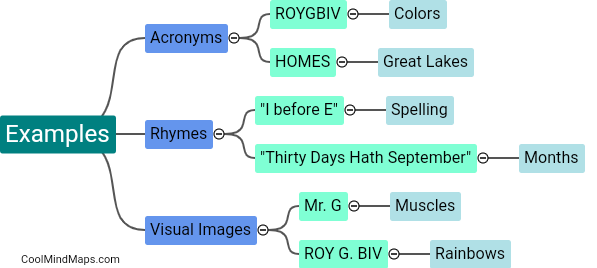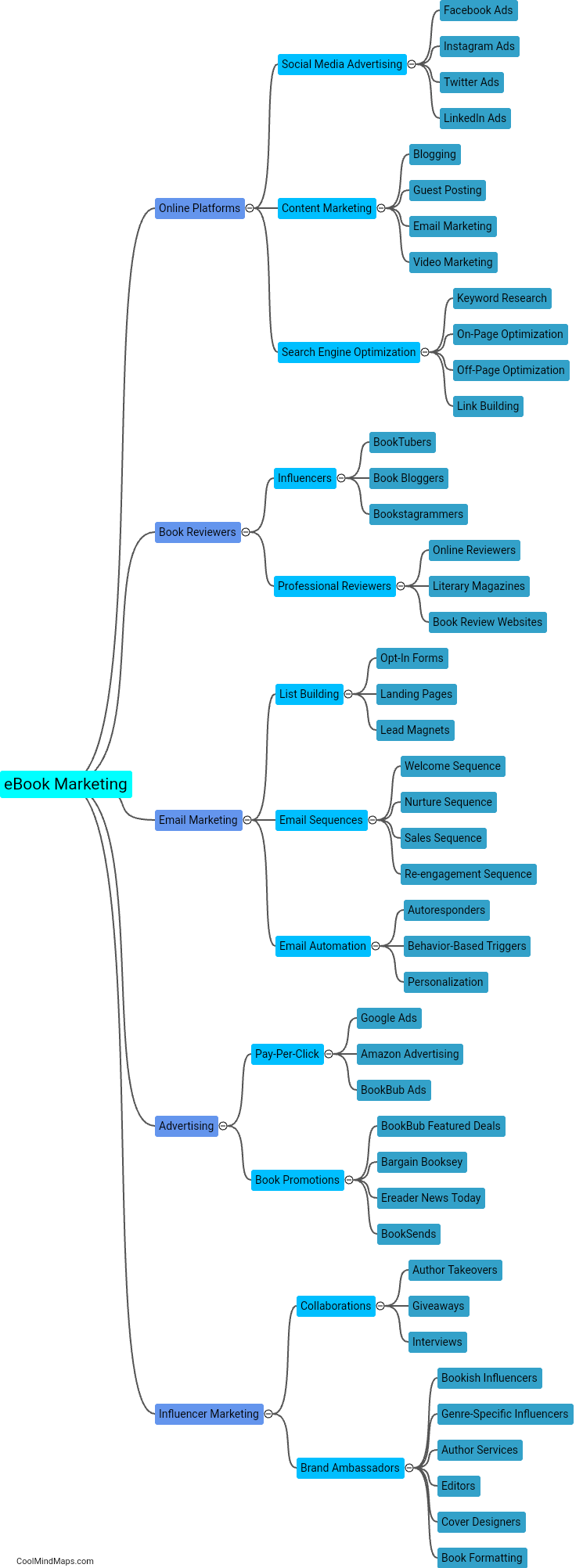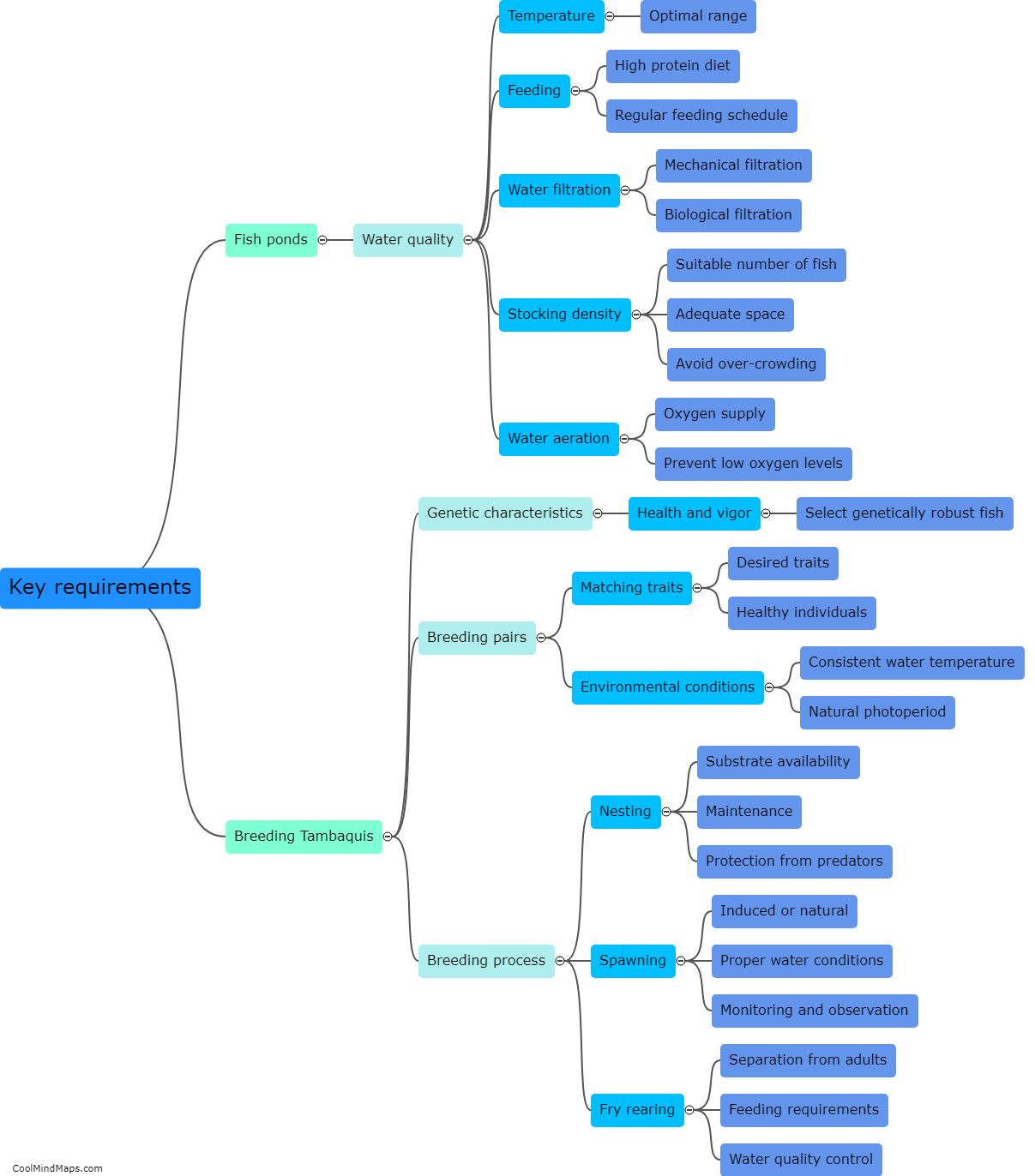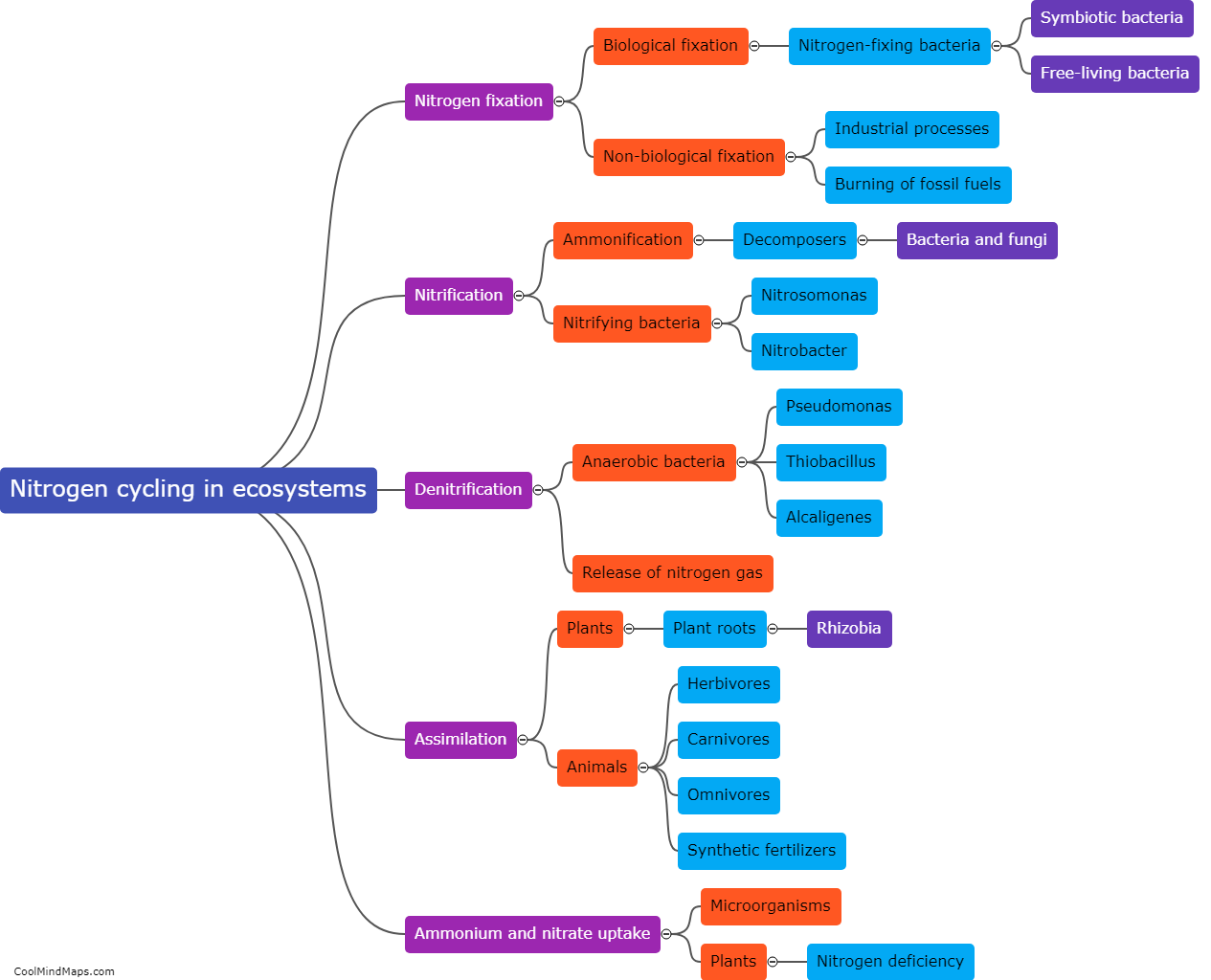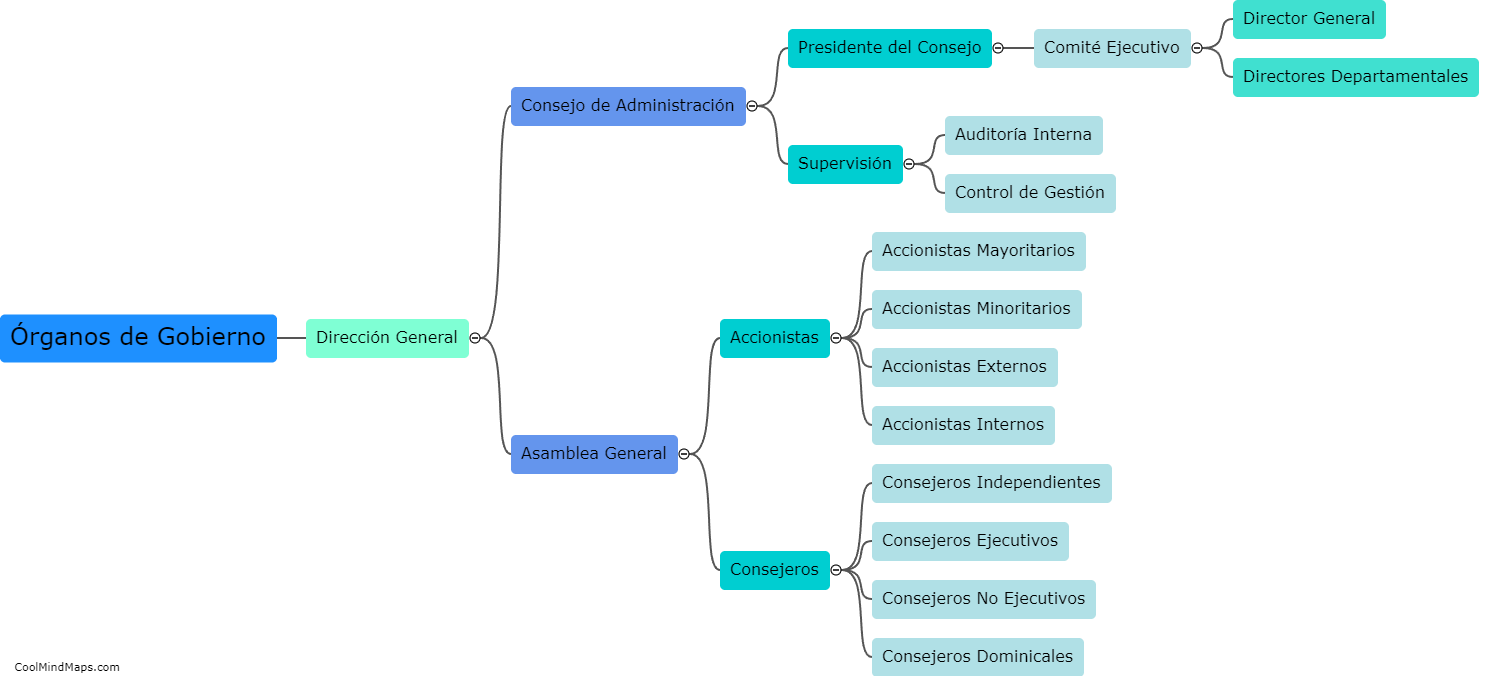How is carbon cycled in ecosystems?
Carbon is cycled in ecosystems through a series of interconnected processes known as the carbon cycle. This cycle begins with the primary producers, such as plants, algae, and some bacteria, which convert carbon dioxide from the atmosphere through photosynthesis, storing carbon in their tissues. These organisms are then consumed by herbivores, transferring the carbon up the food chain. When plants and animals die, decomposers like fungi and bacteria break down their organic matter, releasing carbon back into the atmosphere as carbon dioxide through a process called respiration. Additionally, the cycling of carbon involves the process of carbon sequestration, where carbon dioxide is absorbed and stored in different forms such as soils, oceans, and fossil fuels. The carbon cycle is a crucial natural process that maintains the balance of carbon in the atmosphere, regulating Earth's climate and supporting the functioning of ecosystems.
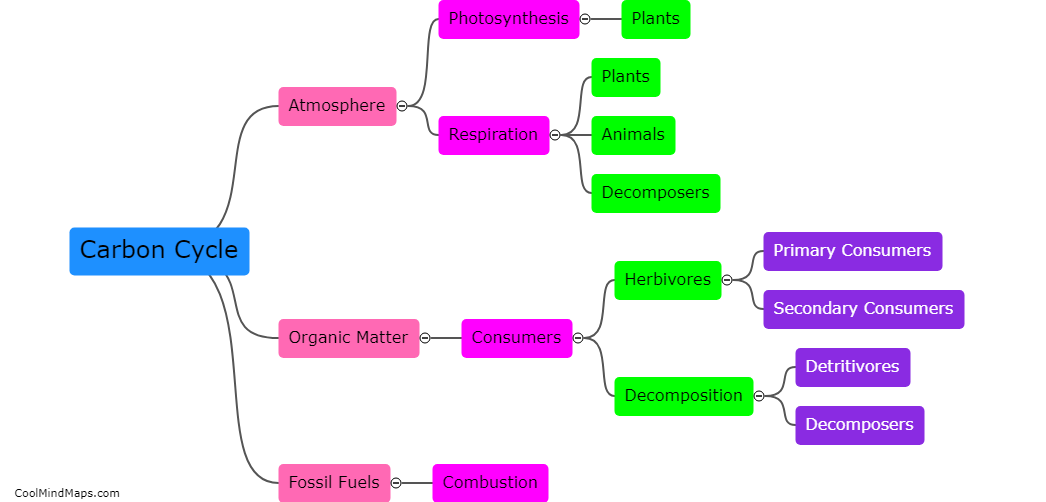
This mind map was published on 3 October 2023 and has been viewed 117 times.



